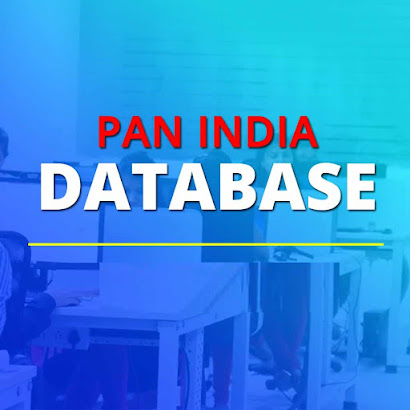RCS vs SMS: Complete Guide for Business Messaging in 2025
Discover the difference between RCS message and SMS in 2025. Learn how businesses can use RCS vs SMS for reach, engagement, and customer interaction.
RCS Message vs SMS: Choosing the Best for Businesses in 2025
More than thirty years ago, mobile communication started with a simple SMS: a 160-character text that changed how people connected. In 2025, businesses face a new choice—stick with SMS or move to the more advanced RCS message. Customers today want more than plain text. They expect interactive experiences, instant replies, and rich media. This is why RCS is emerging as the next big leap in messaging.
What is SMS?
SMS (Short Message Service) has been the backbone of mobile communication since the early 1990s. It works on nearly every device, even without mobile data. This universal compatibility makes SMS a reliable channel for businesses. Companies still depend on it for sending OTPs, alerts, reminders, and critical updates. Because SMS uses only a cellular network, it works in both cities and remote areas.
Despite its strengths, SMS has limitations. It does not support read receipts, branded content, or interactive buttons. MMS tried to enhance SMS with photos and videos, but it never delivered the seamless, app-like experience modern users now expect. Still, SMS remains a dependable tool when richer messaging is unavailable.
What is an RCS Message?
An RCS message (Rich Communication Services) is the modern evolution of SMS. It allows businesses to send high-resolution images, videos, quick-reply buttons, and even carousels—all within the phone’s default messaging app. Customers can browse products, tap on instant CTAs, or complete forms without switching to another app.
Unlike WhatsApp or Messenger, RCS does not require separate downloads. It works directly on Android devices, and with Apple gradually adopting RCS, it is becoming cross-platform. For businesses, RCS offers verified sender profiles, branding, and detailed analytics. These features boost customer trust and improve engagement rates. Research already shows that customers are more likely to reply to an RCS message than to a traditional SMS.
RCS vs SMS: The Key Differences
When comparing RCS vs SMS, the differences highlight why both remain important. SMS continues to lead in universal reach because it works on any mobile device without an internet connection. On the other hand, an RCS message is designed for today’s digital-first world, where interactivity and branding matter.
Here are the core differences:
-
Compatibility: SMS works on all phones, including basic ones. RCS requires mobile data and works on Android and iOS 18+ devices.
-
Message Length: SMS limits messages to 160 characters, while RCS supports more than 3,000.
-
Media Support: SMS is text-only, while RCS includes images, videos, buttons, and carousels.
-
Branding: RCS allows verified sender names, logos, and themes; SMS does not.
-
Analytics: RCS tracks reads and clicks; SMS only shows delivery status.
-
Engagement: RCS encourages app-like sessions, while SMS usually remains brief.
In short, SMS stands out for reliability, but RCS dominates in engagement and customer experience.
Which Should Businesses Choose?
The choice depends on campaign goals and audience. SMS is unbeatable when businesses need universal reach. It’s the right tool for urgent updates, authentication codes, and reminders where simplicity and delivery matter most.
However, when businesses want to impress, engage, and convert, an RCS message is the smarter option. With branded buttons, carousels, and instant CTAs, RCS makes promotions, customer support, and product launches far more engaging.
In reality, the most effective strategy in 2025 is hybrid. Smart businesses use RCS wherever supported but fall back to SMS when the user’s device or network doesn’t allow it. This ensures messages always get delivered while maximizing engagement potential.
Use Cases for SMS and RCS
Companies can combine both technologies to create stronger campaigns:
-
Appointment Reminders: SMS delivers the basic reminder; RCS adds maps and reschedule buttons.
-
Promotions: SMS shares the offer; RCS includes product images and instant discount codes.
-
Customer Support: SMS enables replies; RCS provides quick-reply buttons for faster resolutions.
-
Surveys: SMS collects short answers; RCS allows interactive forms inside the message.
By blending SMS and RCS, brands can strike the right balance between reach and engagement.
Final Thoughts
The era of plain text isn’t over, but the future belongs to richer messaging. An RCS message gives businesses the power to deliver app-like experiences inside the customer’s inbox. Meanwhile, SMS still guarantees unmatched reach and reliability.
Instead of thinking of RCS vs SMS as a competition, businesses should see them as complementary tools. SMS ensures delivery everywhere, while RCS boosts interaction and engagement. Together, they form a complete and future-ready messaging strategy for 2025 and beyond.




Comments
Post a Comment